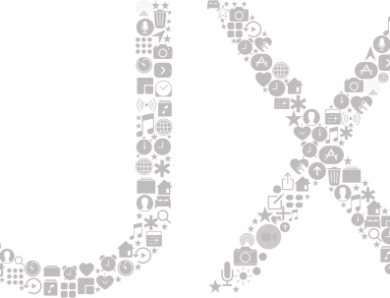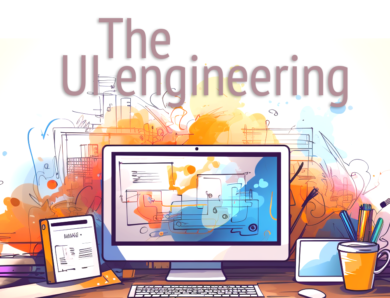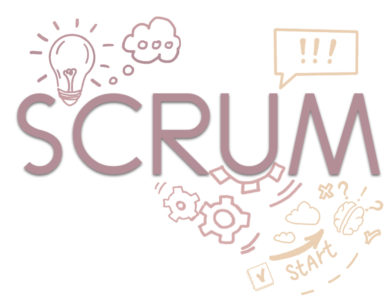
Design Thinking | Human Centered Design | UI | UX
Key differences between a UX Designer, a Visual Designer, and a Digital Product Designer
- Primary Focus:
- Digital UX Designer: Focuses on designing the overall user experience, including usability, accessibility, and user flows.
- Digital Visual Designer: Concentrates on the aesthetics and visual elements of a digital product, such as layout, color schemes, and typography.
- Digital Product Designer: Integrates both UX and Visual design while also considering the overall product strategy, business goals, and user needs.
- Responsibilities:
- Digital UX Designer: Designs wireframes, prototypes, and conducts user research to inform the user experience.
- Digital Visual Designer: Creates visual elements like graphics, icons, and style guides to enhance the product’s visual appeal.
- Digital Product Designer: Balances UX, visual design, and product strategy, overseeing the entire design process from conception to execution.
- User-Centric Approach:
- Digital UX Designer: Prioritizes understanding and meeting user needs and expectations to create an intuitive and user-friendly experience.
- Digital Visual Designer: Emphasizes creating visually engaging elements that enhance the overall aesthetics of the product.
- Digital Product Designer: Strives to align user needs with the visual elements while also considering the broader product vision and goals.
- Skillset:
- Digital UX Designer: Proficient in user research, wireframing, prototyping, information architecture, and usability testing.
- Digital Visual Designer: Skilled in graphic design, typography, color theory, and visual brand identity.
- Digital Product Designer: Possesses a versatile skill set that encompasses both UX and visual design, as well as product strategy and business acumen.
- Tools and Software:
- Digital UX Designer: Utilizes tools like Sketch, Adobe XD, InVision, and user testing platforms.
- Digital Visual Designer: Uses graphic design software such as Adobe Illustrator, Photoshop, and tools for creating visual assets.
- Digital Product Designer: Employs a combination of UX design tools and graphic design software, along with product management platforms.
- Collaboration:
- Digital UX Designer: Collaborates closely with UX researchers, developers, and stakeholders to align the product with user needs.
- Digital Visual Designer: Works with UX designers, marketing teams, and sometimes illustrators or photographers to create visually compelling designs.
- Digital Product Designer: Engages with cross-functional teams, including UX designers, visual designers, product managers, and developers, to ensure all aspects of the product align with the overall vision.
- Testing and Iteration:
- Digital UX Designer: Conducts user testing and iterates on designs to improve the user experience.
- Digital Visual Designer: May receive feedback on visual elements and make adjustments accordingly.
- Digital Product Designer: Oversees testing and iteration across both UX and visual aspects, ensuring the product is cohesive and effective.
- Emphasis on Aesthetics:
- Digital UX Designer: Prioritizes functionality and usability over visual aesthetics.
- Digital Visual Designer: Puts a strong emphasis on creating visually appealing designs and brand consistency.
- Digital Product Designer: Balances both usability and aesthetics to create a seamless and visually pleasing user experience.
- Role in the Design Process:
- Digital UX Designer: Often involved in the early stages of the design process, focusing on user research and wireframing.
- Digital Visual Designer: Typically comes into play after wireframing and focuses on enhancing the visual elements of the product.
- Digital Product Designer: Engages throughout the entire design process, from concept to final execution, ensuring a cohesive and effective end result.
- Holistic Approach:
- Digital UX Designer: Primarily concerned with the user’s interaction and experience with the product.
- Digital Visual Designer: Concentrates on the visual aspects that enhance the overall look and feel of the product.
- Digital Product Designer: Takes a more comprehensive approach, considering both the user experience and visual design in conjunction with the broader product strategy and goals.




